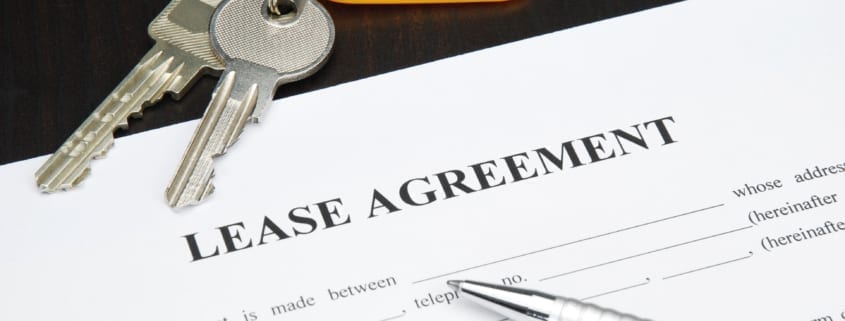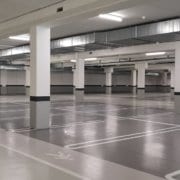The Rise of the Renter and Urban Infill: A Trend with No End in Sight
There has been a great deal of discussion around Millennials and their impact on the commercial real estate industry and the economy as of late. Our very own Nikki Vasco recently detailed the increase in young adults moving home and why they aren’t buying real estate. Additionally, millennials are contributing to the population’s increased desire to rent, but they are not the only driving force behind this trend.
So who is? Before we start pointing fingers, here are the stats behind the trend:
- Homeownership rates have been declining since 2004, falling from 69.2% in Q2 of 2004 to 63.5% in Q1 of 2016.
- The number of new rental households has increased on average by 770,000 annually since 2004.
Ok, now let’s point fingers. Who exactly is behind falling homeownership rates and the rise of rentals?
The Baby Boomer generation plays a large role in almost every economic trend. They make up nearly 50% of the population and control a vast majority of the nation’s disposable cash. According to a Nielsen report, people ages 50+ will command a full 70% of that disposable cash by 2017. Moreover, they are expected to receive as much as $15 trillion in inheritances from parents and older spouses by 2022. And to top it off, they have the fewest financial obligations of any age group. Because Boomers are retiring later in life and wish to live a lower maintenance lifestyle with shorter commutes and less household responsibilities, they desire urban rentals like condominiums and high-end apartments.
There also are those who were directly impacted by the housing collapse. This group is made up of former homeowners who fell victim to foreclosure, many of whom are also Baby Boomers. These events have led to poor credit scores and an inability to qualify for a new mortgage. Also, lenders aren’t helping this crowd’s cause by tightening credit standards for loans. Unfortunately, these people must rent out of necessity and not desire.
It is well documented that Millennials are waiting to marry, have kids, and buy homes. They have also had difficulty finding jobs with decent salaries which leads to their inability to buy homes. All those factors mean they will either rent or move home. The combination of Millennials and Baby Boomers who fit into the demographics described above has led to what can be considered the new normal since the housing bubble burst. The constituents have vastly different motives for renting, but they all have contributed to rental growth nonetheless.
So what does this mean for homeownership? It’s not likely that empty nest Baby Boomers will be moving back to single family housing after they fly the coop for urban living. However, just because Millennials put-off settling down and buying homes until a little later in life, that does not mean they won’t be flocking to homes in their mid-to-late 30’s. Any Baby Boomer who has had kids will attest that you need a single family home just to store all the baby gear foist upon you by well-meaning friends and grandparents who can’t fit it in their sleek, new urban condo’s!











